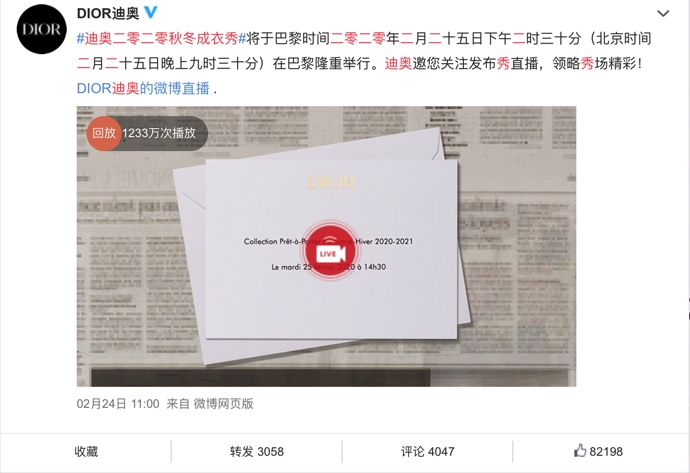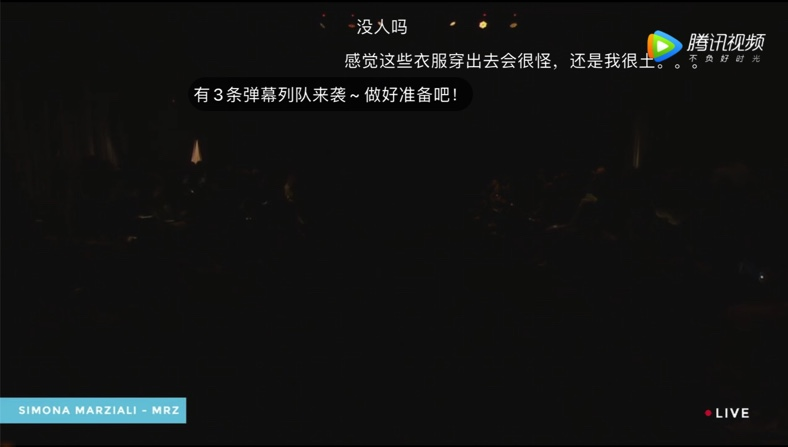Whether the “epic” decline in global stock markets will cause a new round of economic crisis has become the biggest worry at present, and for Europe, the crisis may already be here.

What kind of impact has the global economy been affected by the epidemic? We can intuitively learn from a list of rich people.
On March 14, the Bloomberg Billionaires Index showed that the personal wealth of the top ten richest people has evaporated by more than 160 billion US dollars this year. Among them, oil tycoon Ambani lost $ 16.8 billion, Koch founder Koch’s personal wealth decreased by $ 11.3 billion, and stock god Buffett lost $ 13.3 billion. In addition, the personal wealth of LVMH founder Arnault and Kering Group controller Pino evaporated $ 36.1 billion and $ 11.4 billion, respectively.
These world’s richest individuals whose personal wealth is most damaged are mainly from two industries, one is oil, and the other is luxury goods. The oil price crisis and the meltdown of the stock market have caused many companies and individuals to tremble. In contrast, the closed-door and shutdown of the luxury industry seems to only reduce the consumption trend of the wealthy. It’s different from drinking.
Italian fashion blogger Chiara Ferragni has posted a photo wearing a mask on her personal social media account, and the article states that the situation is very bad.
Luxury in Europe
According to a report from Bain & Company, the loss of the entire luxury goods industry in February this year may reach 30 to 40 billion euros (about 307.6 billion yuan), which means that industry revenue will fall by about 15% and losses will reach 100 Billion euros. Specifically, for example, Burberry, a luxury brand, said that sales in Chinese stores fell by 70% -80% in two weeks. Luxury brands such as Gucci and LV reduced supplier orders from late January. Orders fell significantly in February, and there was almost no change in March Order.
However, when the Bain Advisory Report was published, the epidemic had not spread globally. That is to say, after excluding the factors of the Chinese consumer market, actions such as closing luxury stores and shutting down factories will bring far more losses to the global luxury industry.
More importantly, the recession of the luxury goods industry may shake the economic pillars of European countries.
Take Italy as an example. According to an earlier study by the Italian investment bank Mediobanca on the Italian fashion industry, in the overall Italian manufacturing industry, fashionIndustry accounts for 18%, and fashion industry exports account for about a quarter of Italian manufacturing exports. Among them, half of the total income of the Italian fashion industry is contributed by the top 135 companies, and 120 of these 135 companies are high-end fashion companies.
Italy is now more dependent on luxury goods. The Italian National Fashion Chamber of Commerce CNMI estimates that sales of the Italian fashion industry increased by 2.8% to 66.6 billion euros in 2018. Sales including textiles, leather and shoes reached 88.3 billion euros, and exports accounted for more than 75% of sales.
Whether it is a domestic outbreak or a global epidemic, the luxury industry is the first to bear the brunt. Now the Italian Central Bank has even lowered its 2020 economic growth forecast to -0.5%. It is important to know that the actual growth rate of Italy’s GDP last year was only 0.3%. Therefore, the loss of luxury goods in this -0.5% occupies a key position.
Apart from Italy, the most typical is France. In 2016, a study hosted by the French Fashion Institute showed that the sales revenue of the French fashion industry and fashion-related industries is higher than the two major industrial sectors of the aerospace industry and the automotive industry. The report also states that French fashion-related industries directly employ at least 580,000 people, and if considering surrounding job opportunities, the total number of employees exceeds one million.
However, these related practitioners may now be the weakest defenders of this luxury crisis.
Due to its long history of development, there are still a large number of small handmade factories and workshops represented by families in Italy. They retain the pride of “Made in Italy” and stubbornly place the production link in Italy. After Italy adopted the blockade measures, the “Made in Italy” stagnation in a short period of time. Whether they can further resist the plight is still unknown.
Luxury goods to Europe may be the same as real estate to China. Although the importance of the French fashion industry has been seriously underestimated by the French authorities, as the chairman of the French Haute Couture Union said, the fact will be in front of him.
Luxury self-help may be useless?
The Italian epidemic is in a hurry. Giorgio Armani, who was less than 24 hours from the show, temporarily founder decided to cancel the live release and switch to live streaming. The live broadcast also opened the prelude to the luxury goods group trying to actively save itself through online channels.
On February 24th, the DIOR autumn and winter ready-to-wear series was live broadcasted on Weibo. In addition to Weibo, many big names have also joined Tencent video to perform uninterrupted rolling live broadcast of more than 30 top shows for 6 days, 6 nights and 24 hours. Including Milan Fashion Week, Paris Fashion Week. In addition to the “cloud show field”, luxury brands that have not settled in third-party e-commerce platforms have also begun to move.
In China, online attempts in education, work, catering and other industries have indeed caused severe damage to companies in the epidemic.Industry brings first-line vitality, but is this self-help really effective for the luxury goods industry?
First we look at the live data. According to official data, the DIOR autumn and winter ready-to-wear series was broadcasted on Weibo at 12.33 million times. Milan Fashion Week, where Tencent’s video was broadcast, had a total of 16 million views, of which Gucci, Ports 1961, Fendi and Giorgio Armani five major brands The number of viewers of the live broadcast of the show exceeded 1 million. On the surface, the live broadcast exposure of luxury fashion shows exceeds expectations, but we still have some questions about these data.

As shown in the figure above, the DIOR autumn and winter ready-to-wear show has reached 12.33 million times, and the repostable volume is only 3058. Although Zhao Liying, Angelababy and other celebrity-related microblogs have a high retweet volume, the secrets of celebrity microblog data have long been unclear. Looking at Milan Fashion Week on Tencent’s video, with 16 million cumulative playbacks, the barrage is very few. We may think that people who really watch Fashion Week have no time to launch a barrage, but everyone is “quiet like a chicken”, which seems even more unreasonable.

By comparison, live data from foreign social media is dismal. On the official Instagram account, Giorgio Armani only received 559 live views.
Paris and Milan Fashion Week are recognized as the highest halls in the industry. For a long time, they have been cautious about digitalization. Although the big show cannot be held as usual, there is no other luxury brand except for the online transfer. Better choices, but this does not mean that the luxury industry’s embrace of digitalization will necessarily succeed.
For example, in Fashion Week, reviewing the fashion shows of luxury goods, all of them are big budget, big manpower, big creative effort, not only pursuing advanced sensory experience, but also many fashion editors, fashion bloggers and buyers need to Under this experience, the latest fashion information of each year is transmitted to the brand audience to promote the fashion trend. However, in the network directly